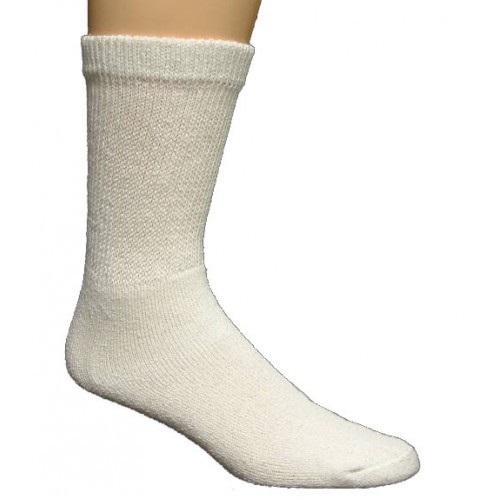Have you ever found yourself standing in front of your sock drawer, contemplating the merits of white socks versus their colorful counterparts? It’s a seemingly trivial choice, yet one that could significantly influence your foot health and comfort. Are white socks better for your feet? Let’s dive into this intriguing question and see what the science—and a bit of sock lore—has to say.
When one thinks of socks, the conversation often revolves around fashion statements or personal expression. However, socks serve a more profound purpose, primarily protecting and supporting our feet. The challenge lies in assessing whether the color—specifically the choice of white socks—can enhance this protective function. With countless options available, let’s explore the multifaceted layers of sock selection.
The Case for White Socks
To understand why white socks might be advantageous, let’s first examine the materials and how they interact with our skin. The majority of white socks on the market are made from cotton or a cotton blend, materials recognized for their breathability. This fabric allows for better air circulation, which can be beneficial in maintaining optimal foot temperature. In cooler seasons, white socks tend to trap heat while still allowing moisture to escape, thus preventing dampness which can lead to fungal infections.
Moreover, white socks are often perceived as more hygienic. Their light color shows dirt, sweat, and other contaminants clearly, acting as a stark reminder to wash them regularly. Unlike darker socks, which can mask stains and odors, white socks encourage more frequent maintenance and thus promote foot health. On a practical note, you can easily pair them with any outfit without the risk of color clashes.
Comfort and Cushioning
Beyond aesthetics and hygiene, comfort remains a crucial consideration when selecting socks. Many white socks come with added cushioning, particularly in athletic designs. This cushioning provides extra support, making them an excellent choice for those who spend long hours on their feet or engage in rigorous activities. The right sock can help reduce blisters and soreness, making white socks a potential ally in the quest for foot comfort.
Some might wonder, “What about the sweat factor?” It’s a challenge for anyone leading an active lifestyle; however, white socks can sometimes be engineered to combat moisture buildup effectively. Advanced moisture-wicking technology, commonly found in premium brands, helps draw sweat away from the skin and allows it to evaporate more efficiently. This leads to a dryer, more comfortable wearing experience.
The Hidden Risks: A Debate Against White Socks
Furthermore, while cotton is a popular choice, it’s not without its flaws. Cotton can absorb moisture, which, if not adequately managed, could contribute to the very problems—like athlete’s foot—people aim to prevent. Thus, relying solely on white cotton can lead to soggy socks and uncomfortable experiences.
Exploring Alternatives: Beyond Color and Material
Additionally, some brands are crafting socks designed with antimicrobial properties, providing protection against odor and fungal growth. This offers yet another layer of benefit that may outshine the standard attributes of white socks. As you contemplate foot health, these innovative solutions might spark interest in a palette that’s far broader than white.
The Personal Preference Factor
It’s worth remembering that the quest for the best sock is not merely about color. While white socks have their merits, the most crucial factor is finding the right fit and material that suits your lifestyle. As the age-old adage suggests, “One size does not fit all.” Taking the time to experiment with different styles and brands will empower you to make an informed decision tailored to your unique needs.
Conclusion: The Final Stitch
